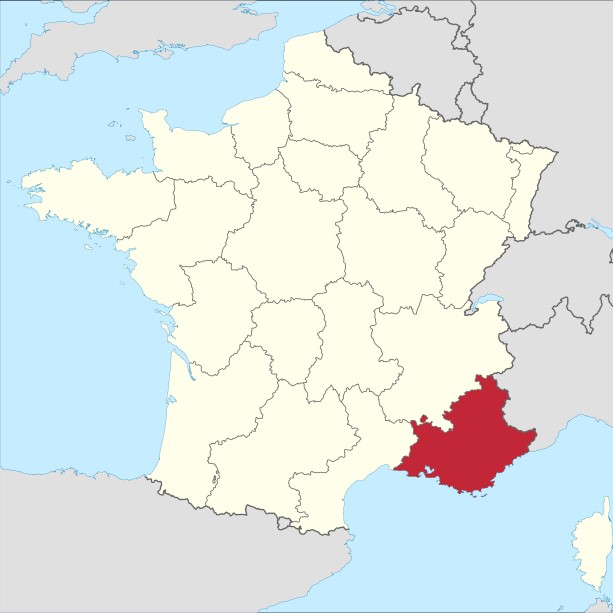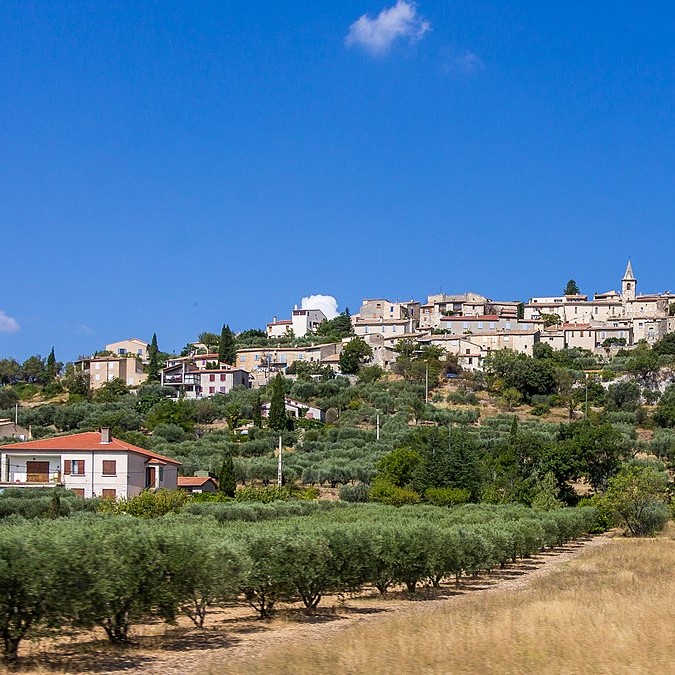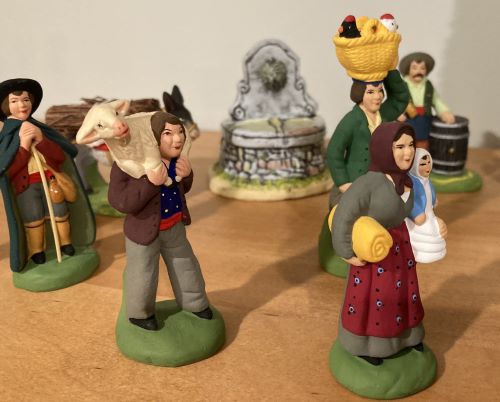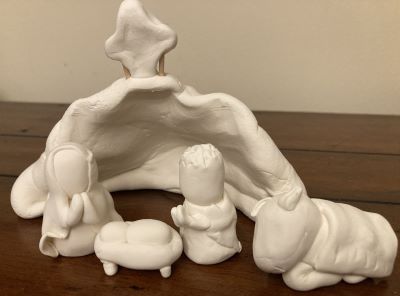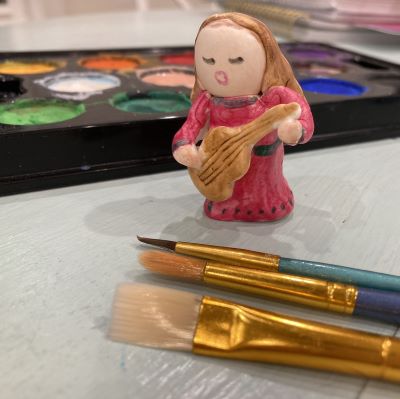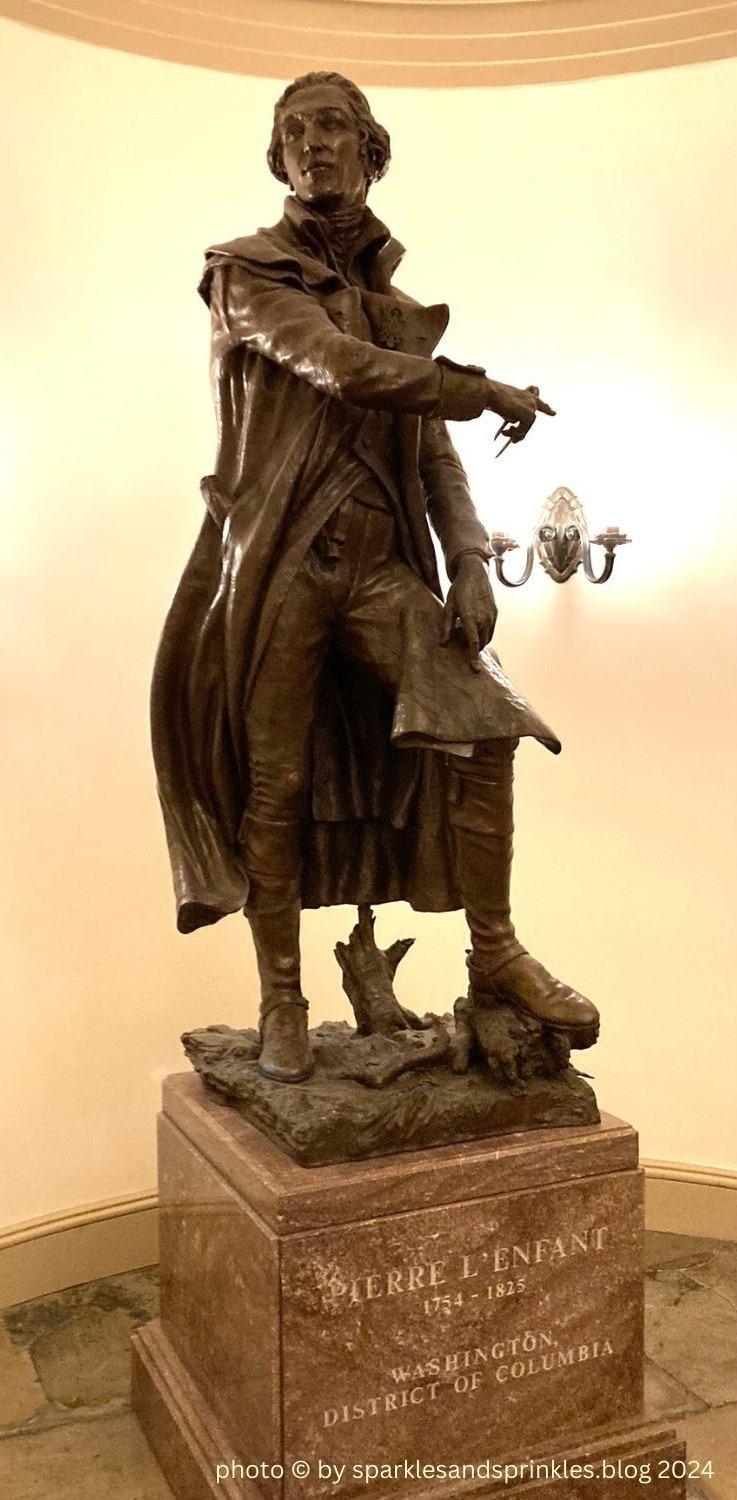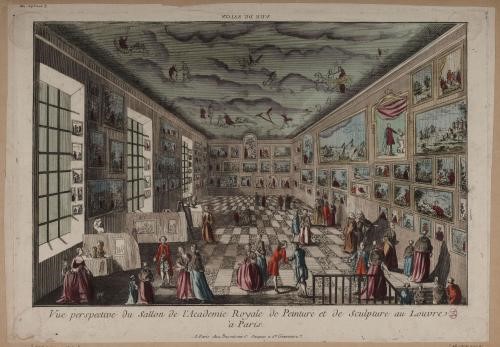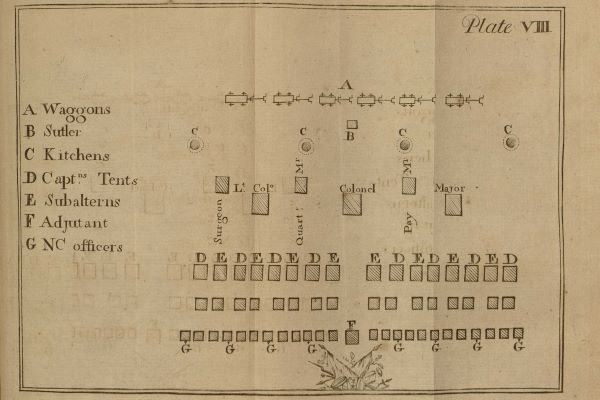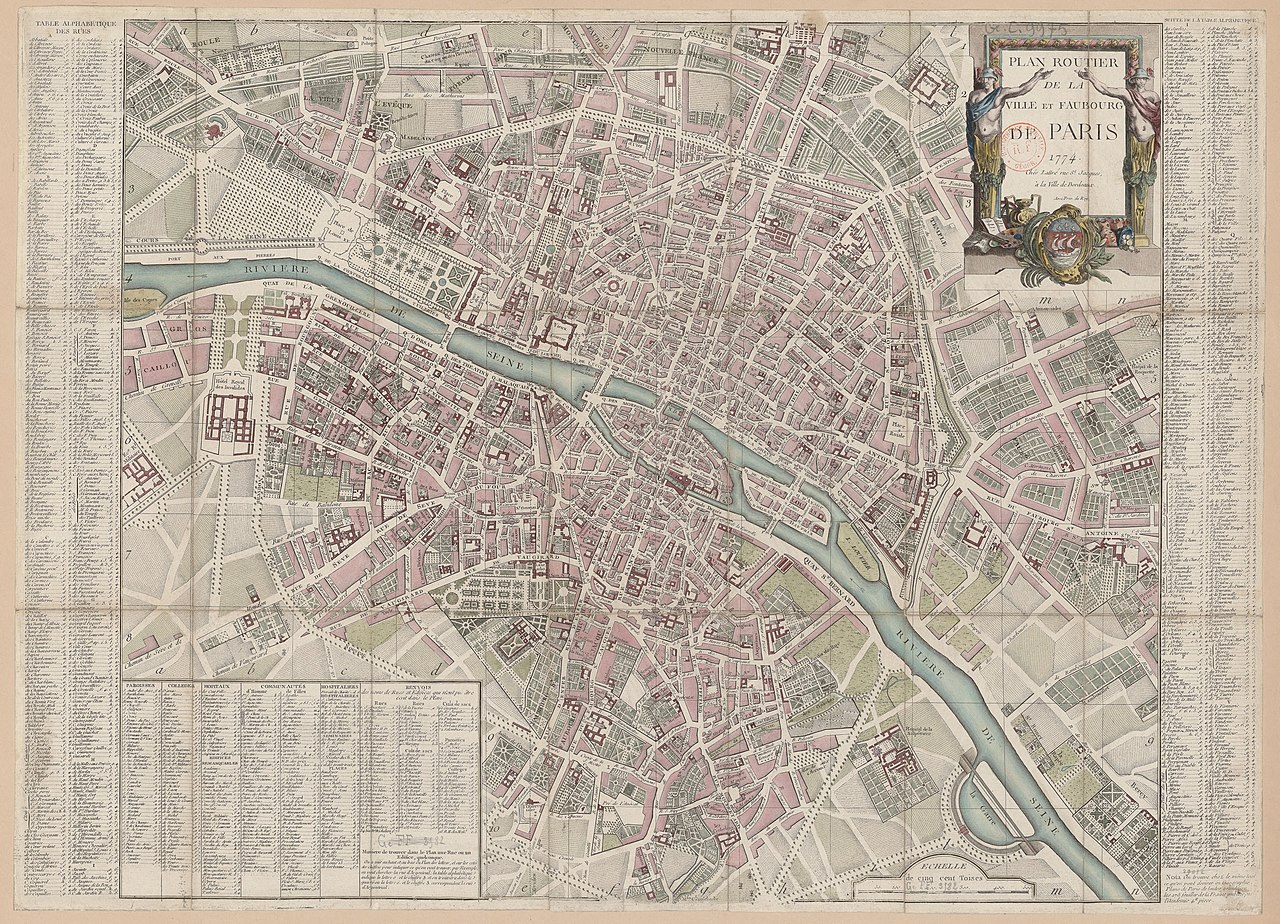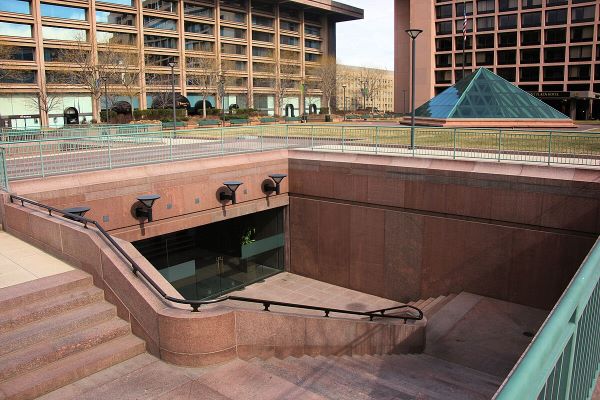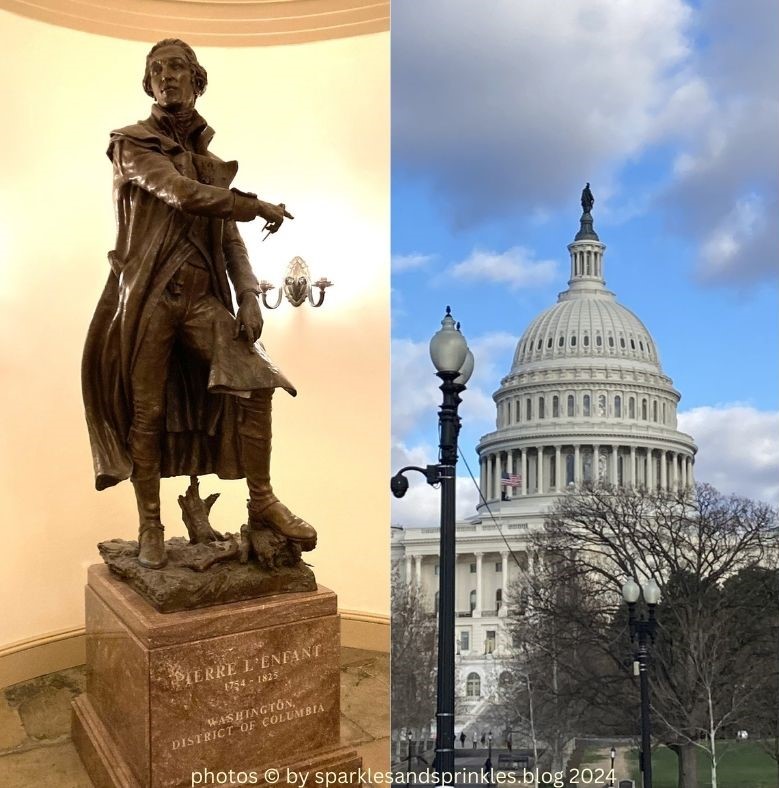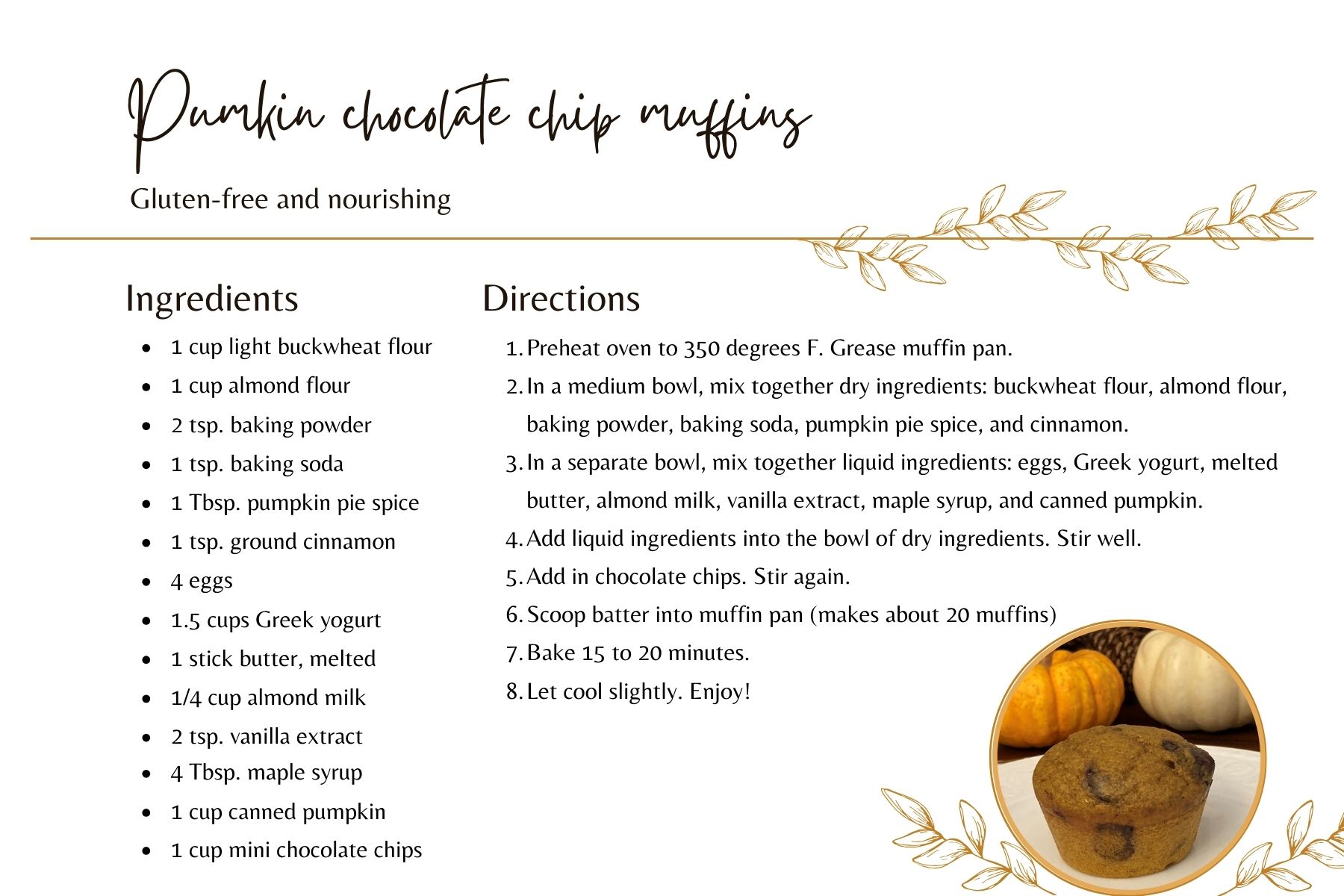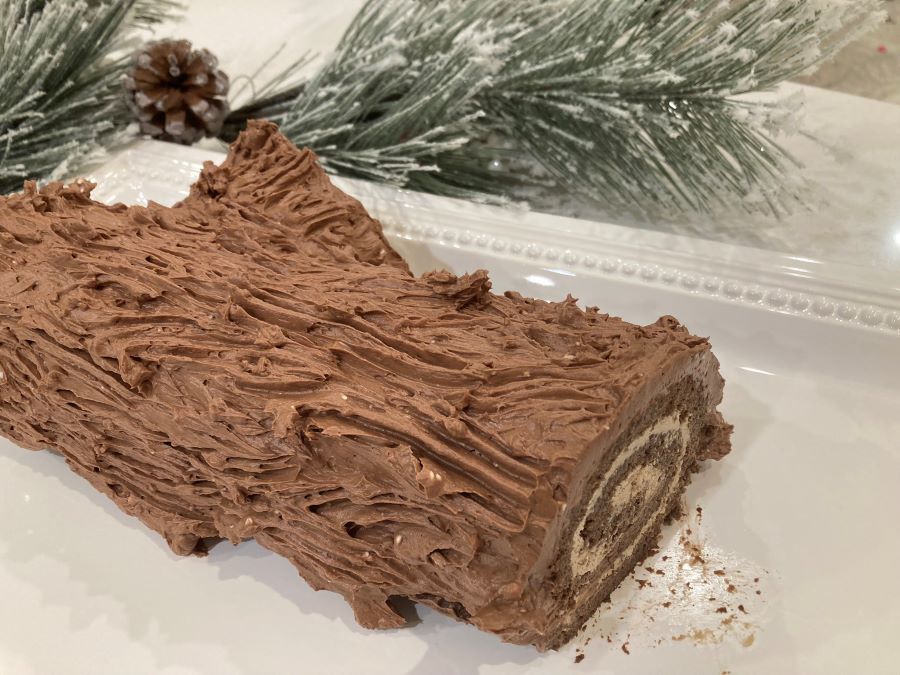
Bûche de Noël {gluten-free, low-carb, all natural}
Bûche de Noël – A French Christmas Tradition
At sparklesandsprinkles.blog, we love French, and we don’t want to let being gluten-free and avoiding refined sugar stop us from enjoying French treats, especially at Christmas! This decadent cake is all natural and fruit-sweetened.
We love making this cake each year at Christmas time, and we often put a candle in the cake and sing Happy Birthday to baby Jesus on Christmas day.
If you have made other recipes from sparklesandsprinkles.blog, you’ll notice that this one is not in our typically kid-friendly step-by-step photo format. This is really a cake that is best suited for adults or teens to make (but we have some tips on how children can help).
If you have young children who need a lot of attention, it’s probably best to have someone to watch them while you make this cake… and set aside a good few hours to make it. (We’ve learned this from experience!)
The good news is, this cake can be made ahead and frozen, so if your Advent and Christmas season is busy, making it early is a great idea. We also love it that the Christmas season lasts for so many days… if we are busy before Christmas, we make this cake after the 25th of December, and enjoy it on one of the 12 days of Christmas.
There are a few steps that little ones might like to join in on… mixing the dry ingredients of the cake, mashing the banana, and the final step – using a fork to make the frosting on the cake look like rough tree bark.
Please note that there are 3 different sections of ingredients and instructions for this recipe (the cake, the filling, and the frosting), please look at all of them in advance as you gather ingredients and plan for time to make the cake. Enjoy!

Cake
- 1/2 cup coconut flour
- 1 Tbsp psyllium husk powder
- 2 Tbsp cocoa powder
- 2 tsp. baking powder
- 6 eggs – separated
- 3 whole eggs
- 1/4 cup heavy cream
- 2/3 cup mashed banana (if you mash 2 large bananas, some can be used for the cake and some for the filling)
Steps:
- Preheat the oven to 350 degrees F.
- Line a rimmed baking pan (about 12″x17″ – we like this half sheet Nordic Ware pan) with parchment paper.
- In a small bowl, mix together coconut flour, psyllium husk powder, cocoa powder, and baking powder. Use a spoon to break apart any chunks of coconut flour, so the mixture is smooth. (Alternatively, put the mixture through a sieve – we have not done this, but it could be helpful.) Set aside.
- Take out the bowl for your electric mixer, plus another bowl. Separate 6 eggs, pouring the whites of the eggs into the electric mixer bowl and the yolks of the eggs into the other bowl. Crack 3 more eggs, pouring both the yolk and the white of these 3 eggs into the bowl that contains the 6 yolks. (See photo below for help.)
- Using an electric mixer, beat the 6 egg whites until still peaks form. Transfer the stiff egg whites to another large bowl (as you will need your electric mixer bowl for the next step).
- Pour the bowl of 6 egg yolks and 3 whole eggs, the cream, and the mashed banana into your electric mixer bowl. Using an electric mixer, beat together the egg yolks and whole eggs, cream, and banana.
- Add the coconut flour mixture and beat well.
- Add in 1/3 of the stiff egg whites to lighten the batter. Beat again with your electric mixer.
- Fold in the remaining egg whites gently by hand, using a silicone spatula.
- Spread the batter on the parchment-lined pan, forming a very thin rectangle-shaped cake.
- Bake for 15 to 17 minutes. Be sure not to overbake the cake, or it will crack when rolled.
- While the cake is baking, it’s a great time to wash your electric mixer bowl and beater, as you will need this to be clean to make the filling.
- Once the cake is baked, remove it from the oven.
- (Note: For steps 14 to 17, watch our video on how to roll the cake.) While the cake is still warm, cover the cake with another sheet of parchment paper, and place a damp tea towel (run the towel under water, then wring out the towel so that it is damp, but not dripping wet) on top.
- Place another baking sheet over the damp tea towel. Hold the two baking sheets together on the sides, using pot-holders, and flip the cake upside down.
- Remove the baking sheet that is now on top, and slowly peel away the parchment paper. Place that same parchment paper back on the cake. Cover with another damp tea towel.
- Roll up the cake (along with the tea towels and parchment paper) to form a log. Roll the cake starting from a short side, which will make a thick/wide log, rather than a skinny/narrow log. Allow the rolled- up cake to cool. (You will be unrolling the cake, filling it, and rolling it up again in a later step.)


Filling
- 1 cup heavy cream
- 1 to 2 tsp. instant coffee
- 4 to 8 oz. mascarpone
- 2 T maple syrup (or mashed banana to taste)
Steps:
- Combine instant coffee granules (more for a stronger flavor, less for a subtle flavor) and heavy cream. Whip the cream with an electric mixer until it is the consistency of whipped cream (but not so long that it turns to butter). Transfer to another bowl if you only have one bowl for your mixer.
- Place 4 to 8 oz. mascarpone in your electric mixer bowl. Beat until fluffy. Note: We have found that sometimes mascarpone becomes fluffy when whipped, and sometimes it becomes runny. If it becomes nice and fluffy, you could use a full 8 oz. container of mascarpone in this filling.
- Add the fluffy mascarpone into your whipped cream little by little, stirring to combine (if your mascarpone became runny when whipped, be sure not to add too much, as the filling should not be runny).
- Add maple syrup (or some mashed banana) into the mixture. Stir gently. Taste the mixture and add more sweetness if desired.
- Gently unroll the cooled cake. Remove the top parchment paper and towel. Spread the cake with filling.
- Carefully roll the cake again (without the parchment paper and towels). Place on a large oblong serving tray. Refrigerate for 2 hours or more. (In a pinch, you can skip the refrigeration time, and go directly to frosting the cake. Alternatively, you could stop at this step one day, and finish making the cake another day. Whatever works best for you… Christmas is meant to be a time of joy and rest!)

Frosting
- 3.5 oz 85% dark chocolate bar
- 2 tsp. freshly zested orange rind.
- 1 cup heavy cream
- 4 oz full-fat cream cheese, softened
- 3 to 6 drops orange essential oil
Steps:
- Melt the chocolate in the microwave (check after 1 minute, and add more time as needed).
- Use a zester to zest about 2 tsp. orange rind. Add to melted chocolate. Stir and allow to chocolate to cool.
- Whip the cream until whipped cream consistency. Add the softened cream cheese and essential oil (more for a stronger flavor, less for a subtle flavor). Whip again.
- Add the melted chocolate mixture to the cream mixture. Whip again until well combined.
- Remove the cake from the refrigerator. Frost with frosting.
- First spread the frosting on smoothly, then use a fork to add lines, making it look like rough tree bark. This is a great step to have children help with… and of course someone needs to finish off any frosting left in the bowl or on the beaters!
- Many embellishments can be added to a
Bûche de Noël – so use your own creativity to make it your own… or a google image search for inspiration. It can be fun to cut of a portion of the log and place it on the side of the main log to look like a branch.
- Enjoy your cake! The cake can be served immediately, refrigerated and served up to a few days later, or frozen and served weeks later. We find the flavor becomes richer waiting a day or so to eat the cake… but it’s delicious right away as well.

We want to thank lowcarbyum.com for helping us to have a good starting point for our gluten-free and low carb recipe. We have made tweaks to the recipe from lowcarbyum to make it work better for our family (including making it fruit-sweetened), but we would not have known where to start without the lowcarbyum recipe. Merci!
Note: Some links on this page are Amazon Affiliate links. Sparkles and Sprinkles is a participant in the Amazon Associates Program, an affiliate advertising program designed to provide a means for sites to earn advertising fees by advertising and linking to Amazon.com.
Other links may or may not be affiliate links. We provide links because we have found these products or services beneficial, and we think you might too.




